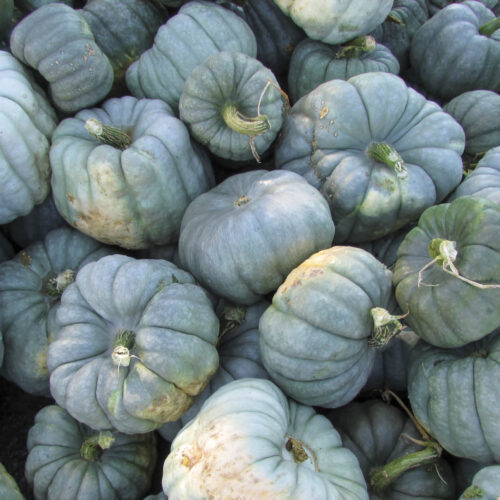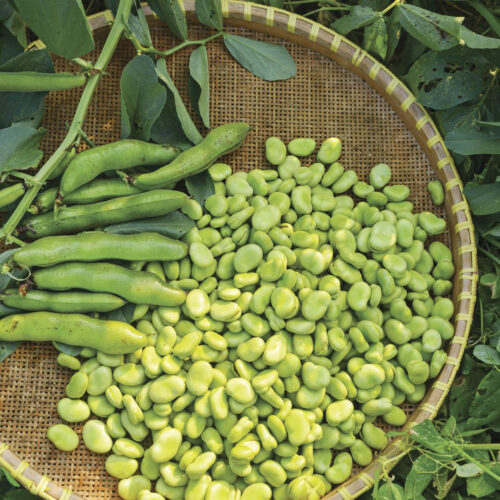Ants – friend or foes
2019-02-12T22:48:25+11:00
Ants are part of life in Australia, says Denis Crawford, and are very important in the environment.
Ants are part of life in Australia, always entering our gardens or abodes seemingly by magic. They arrive in high-rise apartments, track through windowsill cracks, invade the honey jar or sugar bowl overnight, industriously build nests in the middle of lawns or gardens – and with so much determination!
It can often seem like we are under constant siege, but we also know that ants are scavengers, hard at work dealing with death and decay or assisting with pollination and other handy jobs. Ants may be helpful or troublesome to humans but what’s certain is that our native bushland and our gardens would be very different without ants living there.
Australia has about 1300 described species of native ants but there may be as many as 3000 species in total.
Ants are very important in the environment and are sometimes referred to as ‘ecosystem engineers’. One vital job they do is disperse seeds, which helps in many ways, such as preventing new plants germinating too close to a parent and thus competing for water, nutrients and space. More than 1500 species of Australian plants have evolved to produce seeds with ‘elaiosomes’, which makes the seeds attractive to ants. Elaiosomes are expendable seed parts containing oil, protein, starch, sugar and vitamins. The seeds are collected by ants, which carry them off to their nests underground where they eat the elaiosomes. The ants discard the rest of the seeds in a ‘rubbish tip’ section of the nest or under leaf litter outside. The seeds can safely germinate when favourable weather conditions occur.
Meanwhile, ground-dwelling ants aerate the soil while digging their nests, which allows water to penetrate the soil more effectively. Ants that make their nests in dead wood aid the decomposition process of that wood, while other species are predators or scavengers consuming vast numbers of eggs, larvae and adults of insects and other invertebrates – either dead or alive.
Ants in turn are food for many animals, such as birds, echidnas, reptiles and other invertebrates.
Not so well known, is that several species of native butterflies of the genus Ogyris rely on the protection of ants, especially sugar ants of the genus Camponotus. The ants protect Ogyris larvae while they are feeding and in return receive sweet liquid secreted from a special honey gland. Camponotus ants are nocturnal, so the Ogyris larvae have adapted to feed at night on the leaves of mistletoe plants found in eucalypt trees. Towards morning ants herd the butterfly larvae down the tree to a nest at the base where they spend the day. When dusk arrives the process is reversed.
For more gardening tips and ideas get the latest issue of ABC Organic Gardener Magazine here.






